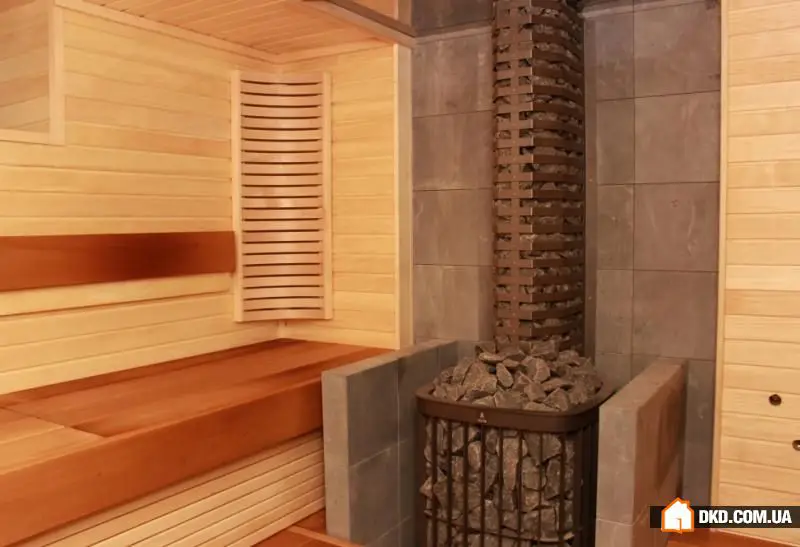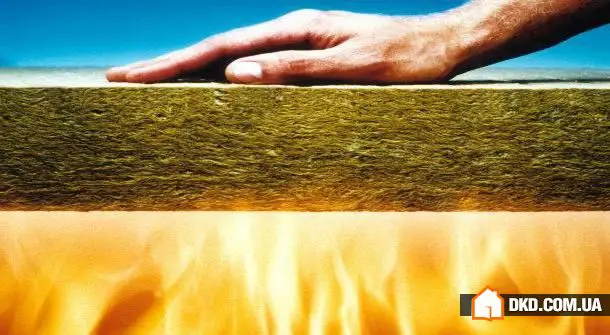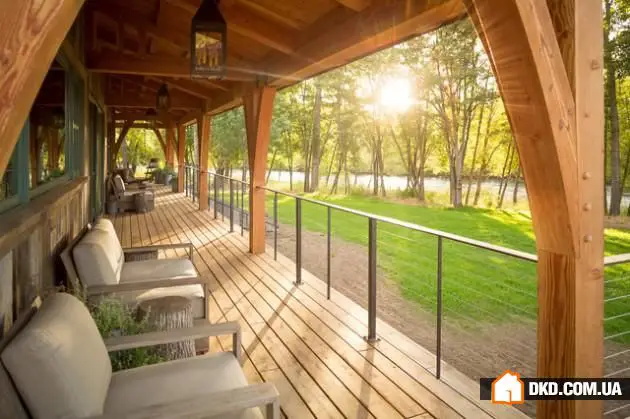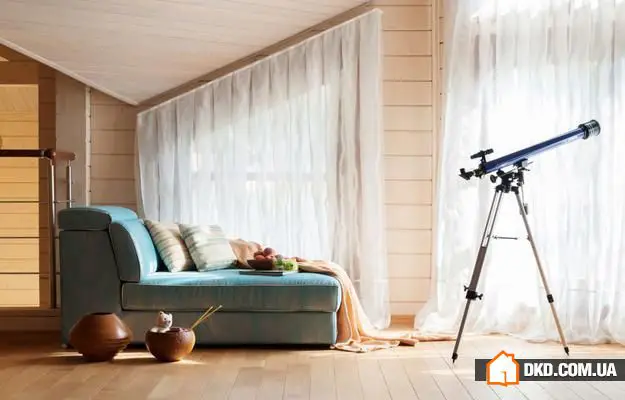There can be your advertisement
300x150
How to Properly Insulate a Sauna: 5 Tips from Professionals
Tip #1: Choose the Right Heater
The most popular types of sauna stoves are still traditional wood-burning stone furnaces. However, this is not the only available option today. Many homeowners choose electric stoves for their convenience of use and ability to regulate temperature and humidity. Another modern solution is gas stoves: lighting them does not require special skills, and the result does not depend on the quality of wood. However, for safety reasons, such stoves should only be installed by specialists.
Unlike a bathhouse, stones in a sauna are placed outside the stove, not inside. The amount of stones in the stove determines the climate created in the steam room: the fewer stones, the faster the stove heats up and the drier the sauna. However, no matter which stove you choose, the main requirements are safety and reliability. This is especially important for electric stoves: overly powerful appliances will require special additional electrical equipment, and low-quality ones may pose a fire hazard.

Tip #2: Consider Requirements for Thermal Insulation Materials
If the thermal insulation technology is not followed or inappropriate materials are used, the steam room will take much longer to heat up and then lose heat quickly. Fixing errors in the thermal insulation design may require almost complete reconfiguration of the room. There are several requirements for thermal insulation materials for a sauna and steam room:
Effective thermal insulation properties: the more heated the sauna, the greater the temperature difference between the steam room and other rooms. This means that heat loss will be very fast and significant, so a quality insulating material should be placed in the airflow path.
Non-combustible insulation: high temperatures in the steam room present a serious fire hazard, which can be reduced by using fire-resistant thermal insulation materials.
Moisture resistance: high humidity in a bath or sauna can quickly damage the structure of poor-quality insulation and reduce its properties.
Bio-resistance: that is, resistance to fungal and bacterial growth, which can occur in a humid environment.
Ecological safety: all materials used for building a sauna, including the insulation material during operation, should not emit harmful substances.

Tip #3: Choose Insulation Materials Suitable for Sauna Conditions
Based on chemical composition, insulation materials can be divided into two groups: organic and inorganic. The former are used less and less for building saunas and baths: they cannot withstand high temperatures and undergo thermal degradation, change their properties at high temperatures, and are easily flammable. There are several materials that should not be used for insulating saunas or baths:
Polystyrene foam: products made of it have a usage temperature range of only -50°C to +75°C.
Extruded polystyrene foam: always flammable and changes fire resistance class from G1 (slightly flammable) to G4 (highly flammable).
Rock wool: has a short service life in a humid environment.
Polystyrene, foam plastic, polyurethane foam, and other foamed materials: when heated, they can emit harmful substances, and their flammability characteristics do not meet the conditions of a steam room.
A good alternative as an insulator could be stone wool. Its fibrous structure provides excellent thermal insulation properties. Unlike foam plastic, it is not just non-flammable but fire-resistant and can withstand temperatures up to +1000°C. In addition, stone wool is an eco-friendly and safe material made from natural stone. It is resistant to moisture, does not rot, and is not a food source for rodents and insects. Today, various types of stone wool are available on the market, specifically developed for sauna and bath insulation.


Tip #4: Perform Proper Installation of Insulation
Another advantage of stone wool insulation is its simple installation that does not require special skills. Here are a few recommendations to achieve maximum effectiveness:
Start insulating the room from the ceiling. Wooden guides are nailed to the ceiling at intervals of 590 mm (measured between the guides), into which stone wool boards are laid and secured in a loose fit. No mechanical fastening is required at this stage. It is important to note that the foil-coated side of the insulation boards should face inward toward the steam room.
Install a frame. For insulating outdoor walls of a sauna, a double frame is needed, while for internal walls, a single frame suffices. When insulating an internal wall, boards 50 mm thick are sufficient. For a wall facing the outdoors, material at least 100 mm thick or a combination of two layers (50 mm + 50 mm) is required.
Seal the joints between boards. The boards are installed edge-to-edge, and the seams of the foil-coated surface are sealed with metallized self-adhesive tape. To simplify the task, aluminum adhesive tape specifically designed for use in baths and saunas can be used. By properly sealing the joints between boards, it significantly improves the vapor barrier properties of the insulation.
Install a lathing system. It is needed to protect stone wool from contact with drops of moisture that collect on the foil surface. It is installed between the thermal insulation and the outer finish to provide an air gap of 10–15 mm.
Insulate the flue. Thermal insulation materials are subjected to severe stress in conditions of prolonged high-temperature exposure. The price of a mistake could be a fire. Stone wool allows completely eliminating the risk of ignition. Additionally, there are special types of stone wool designed for flue and fireplace insulation.

Tip #5: Perform Proper Insulation of the Floor
The floor in a sauna can be made in two ways: wooden on joists with lathing or concrete with tiles laid directly on the ground. In the first case, stone wool boards are laid in the frame between the joists, followed by hydro-isolation. Rolls of hydro-isolation are installed with overlap at joints between boards, and the seams are additionally sealed. Then a wooden floor is laid, on top of which the finishing floor is installed.
For a concrete floor, another method is used. First, rigid boards made of stone wool are installed and properly hydro-isolated. Then a concrete screed is laid on top, and tiles are glued to it. In both cases, it is important to remember that ensuring fast water drainage from the sauna is one of the most critical requirements for flooring in such a room, so the floor should be slightly sloped toward the drain hole.

More articles:
 100 Tips for Every Situation in Life
100 Tips for Every Situation in Life 16 Genius Ideas for Crafty Hands to Effectively Store Your Office Supplies
16 Genius Ideas for Crafty Hands to Effectively Store Your Office Supplies 17 Unique Bookshelf Designs for True Book Lovers
17 Unique Bookshelf Designs for True Book Lovers Ideas for Marble Flooring for Your Home
Ideas for Marble Flooring for Your Home Terrace in Rural Style – Dream of Any Beauty and Peace Enthusiast
Terrace in Rural Style – Dream of Any Beauty and Peace Enthusiast 18 Truly Original Ideas for Basement Decoration
18 Truly Original Ideas for Basement Decoration Insulating Floors in Country Houses: 6 Tips from Experts
Insulating Floors in Country Houses: 6 Tips from Experts 10 Modern Interior Design Solutions You Will Love
10 Modern Interior Design Solutions You Will Love